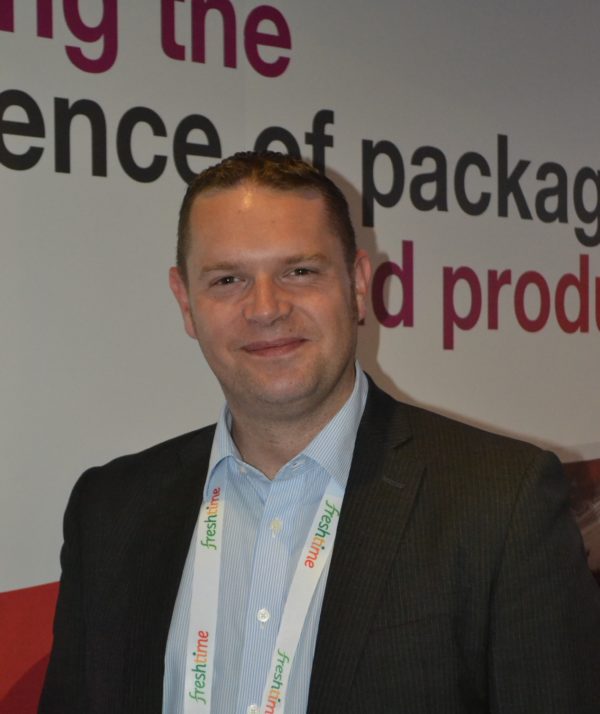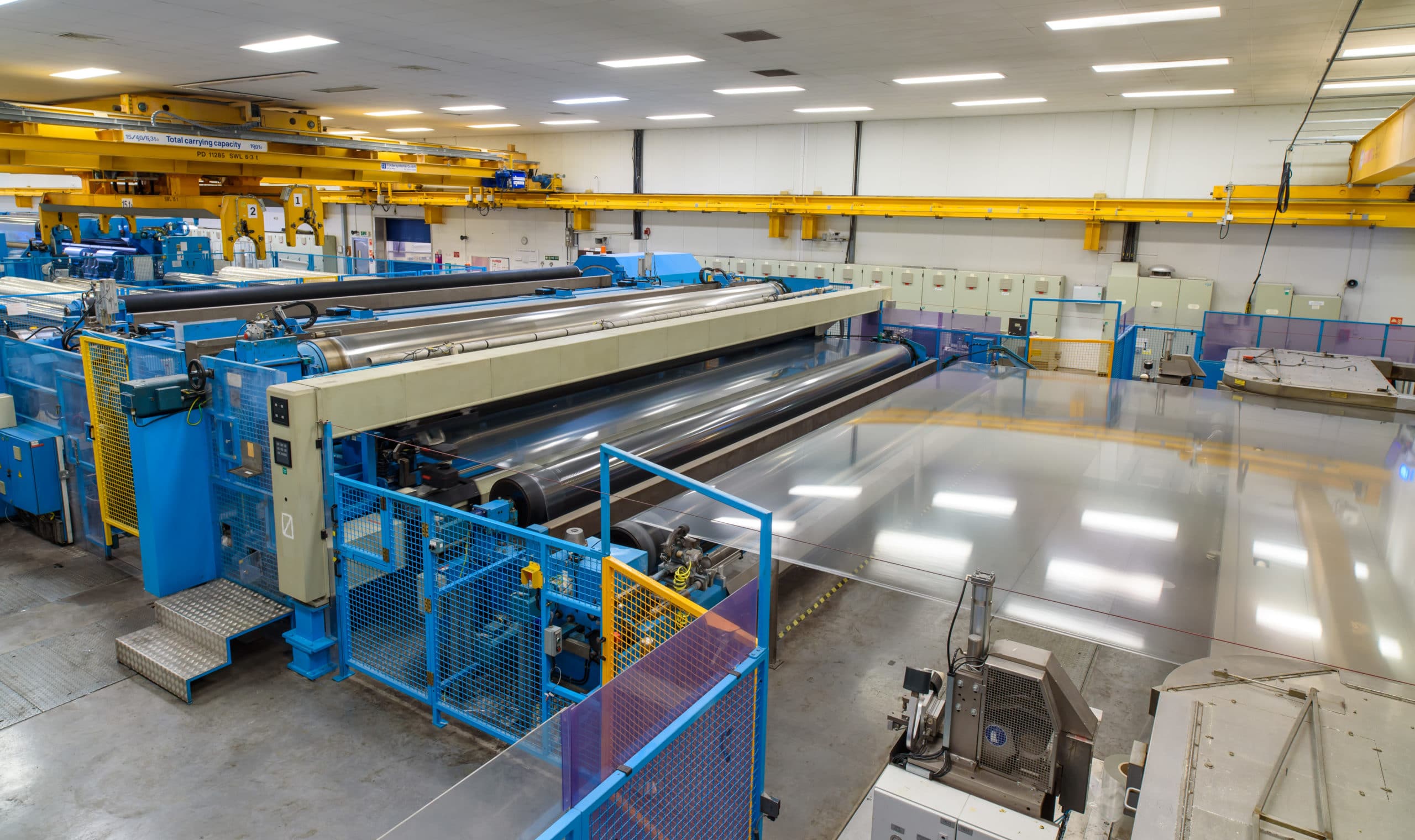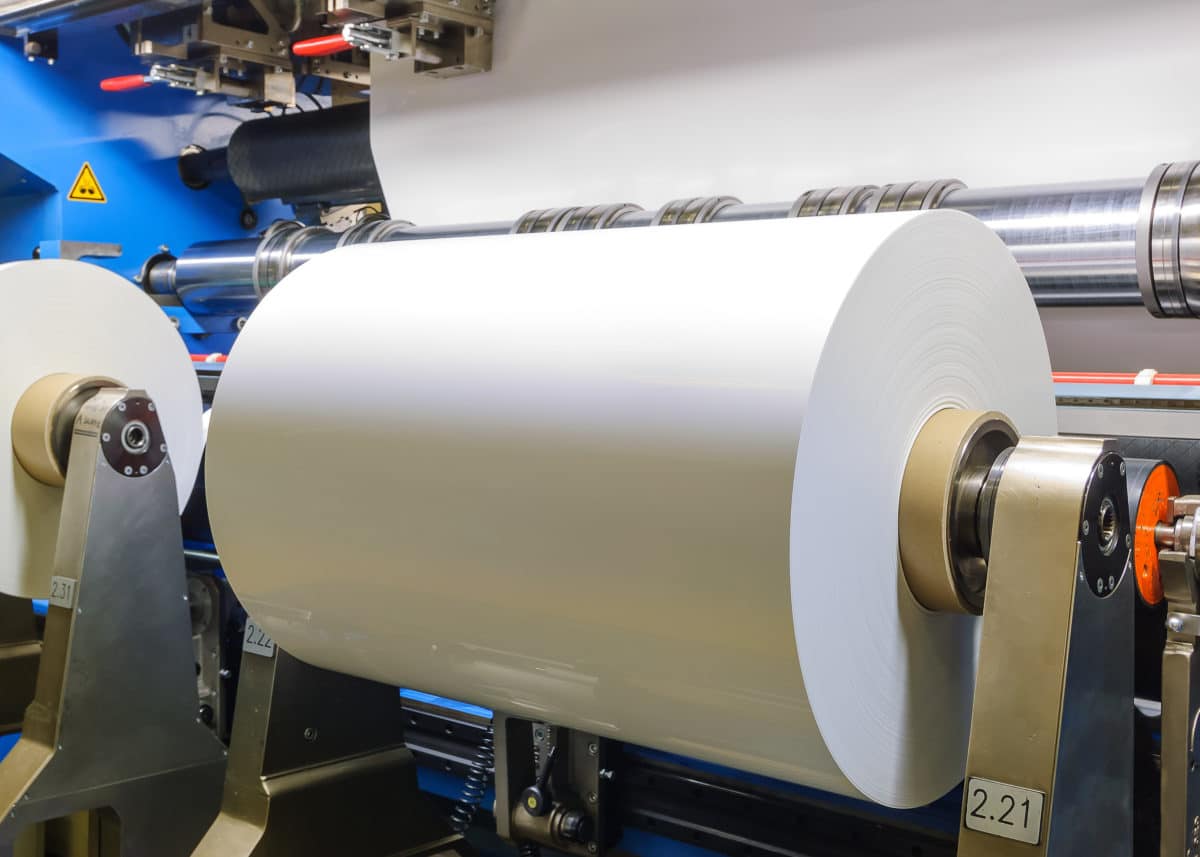The latest partner to pv magazine’s UP Initiative, DuPont Teijin Films, discusses how sustainability considerations are affecting the manufacturing and recycling of its PV backsheets, and why it is crucial for the whole solar value chain to come together to share best practices.
The commercial feasibility of closed loop recycling processes is a specific focus area for the company, with research ongoing into how its backsheets can be recovered and used as a raw material for new production. This topic will be addressed in more detail in a pv magazine Webinar with DuPont Teijin and Europe’s PV Cycle on April 29 at 3pm CEST (see here for more details and free registration).
pv magazine: What does sustainability mean to DuPont Teijin Films?
 Steven Davies, EMEA market manager, DuPont Teijin Films: Sustainability has increasingly become central to what we do, and this is reflected in our mission to deliver products that generate a positive environmental, social and economic impact to the communities we serve. Our participation in the solar industry is a very good example of this approach, as at an industry level it is hard to argue with the positive impact that continues to be delivered through the growth of solar, and we believe that Mylar based backsheets deliver what we call “sustainability without compromise”.
Steven Davies, EMEA market manager, DuPont Teijin Films: Sustainability has increasingly become central to what we do, and this is reflected in our mission to deliver products that generate a positive environmental, social and economic impact to the communities we serve. Our participation in the solar industry is a very good example of this approach, as at an industry level it is hard to argue with the positive impact that continues to be delivered through the growth of solar, and we believe that Mylar based backsheets deliver what we call “sustainability without compromise”.
In terms of the environmental impact of the product we benefit from a low carbon footprint and clean manufacturing process, which generates no hazardous waste products, and as Mylar is halogen free, there are end-of-life options that are safe and economically viable, such as incineration, pyrolysis or monomer recycling. However, the start and the end-of-life are irrelevant if the backsheet fails to protect the PV module throughout its lifetime, and this is where the rigorous product testing and our track record of over a decade and 50 GW of installed capacity gives us the confidence to make the claim of “sustainability without compromise”.
Does the company publish regular sustainability reports, which quantitatively measure impact, emissions, energy use, water and waste; and which compare annual progress? Please provide concrete examples of how progress has been achieved.
We actively measure and track our emissions, energy, water usage and waste in order to minimize the environmental impact of the manufacture of our products, and the ISO14001 framework provides us with a robust environmental management system that enables us to achieve our environmental goals. As a business, we are committed to a 30% reduction in greenhouse gas emissions by the year 2030 based on a 2019 baseline and we are proud to say that our Luxembourg plant operates at zero waste to landfill status. One of the recent developments we are very proud of is the launch of our range of products with post-consumer recycled content which has been processed through our multi-award winning LuxCR monomer recycling process. Not only does this allow us to give another life to post consumer and post-industrial waste, but it also reduces the carbon footprint of our product by up to 1.4kgs of CO2 equivalent for every 1kg of recycled material we process.
It is said that your Mylar UVHPET backsheets have a “significantly lower” carbon footprint compared to glass or fluorinated counterparts. Please explain why this is the case and provide comparisons.
Ultimately the carbon footprint of such different materials is driven by the raw materials used and the production processes required to make the product. Polyester benefits from extremely large scale of production and a very simple, clean and energy efficient production process. The average carbon footprint of Mylar UVHPET products is 3.36 kgCO2eq per kg, and there is a further 10% reduction with our new range of products with recycled content. Based on the data that we have available we estimate that a Mylar based backsheet has an approximately 80% lower carbon footprint than a glass equivalent and 25% lower than a typical fluorinated backsheet.

In 2020, you manufactured the backsheet film using 33% post-consumer recycled content. Where do you source this content and is it possible to recover it from PV backsheets?
We are currently sourcing our post-consumer recycled material from mechanically recovered packaging waste. The key strength of our LuxCR depolymerisation process is that we are able to “upcycle” waste material, rebuilding or even enhancing the mechanical, optical and chemical properties to ensure it is fit for use in demanding applications such as PV backsheets. We are in the process of running proof of principle trials to demonstrate the commercial feasibility of a true closed loop recycling process where PV backsheets can be recovered and used as a raw material for new production, and I hope to be able to give a progress report on this before the end of the year.
You mention that there are ongoing trials into the use of such content. What are the results thus far, and what are your goals in this area?
Before marketing the rPET material or even discussing it publicly the first stage was to ensure the film passed our stringent internal trials. Industrial trials with our customers are now underway and our goal is to offer an rPET version across the entire range of Mylar UVHPET products.
It is said that the testing regimes you employ for this product “far exceed” industry standards. Please provide specific details.
We test all of our backsheet films to recognized UL standards, and also have the ability in house to tailor damp heat testing and UV testing to meet our customers specific requirements. We also believe that sequential testing can be a useful tool to replicate the impact of weathering and we have tested our full range of films using the Marker Sequential Test (MaST) protocol with excellent results in terms of maintaining optical and mechanical properties.
Popular content
Although testing in our labs is obviously important, we also feel like there is no substitute for real life data. We have test installations of our films in direct exposure to sunlight in a variety of different climatic conditions with the data showing our products will continue to perform after 25 years of use as a backsheet. As important as all the test data is, ultimately the proof is in the performance of our products and we are proud of our track record of supplying Mylar UVHPET with over 50GW of installed capacity. To put that into context it is over 200 million modules without a single report of a field failure caused by a drop in performance of our products.
You are undertaking research into the chemical recycling of Mylar backsheets, with the aim of fully closing the loop. How does this process differ to other recycling processes? What kind of chemical waste is created and how is it disposed of? What do you hope to achieve in this area in 2021?
Chemical recycling is a catch all phrase used to distinguish a range of different processes from mechanical recycling, and it is probably more accurate to use the term monomer recycling to describe the process we are researching. Mechanical recycling is the lowest cost and carbon form of recycling plastics, but it does lead to a downward cycle of material properties after every process. With monomer recycling, we break down waste material through a glycolysis process to BHET which is the monomer building block for PET manufacture. This monomer is then repolymerised and converted into film which is indistinguishable from virgin material. The process does not generate any additional chemical waste and the majority of the impurities removed during the process will be suitable for incineration or pyrolysis.
Are bio-based backsheets a consideration? Please elaborate.
Bio based backsheets are not currently on our to do list, although we have made films for other applications with 30% bio derived content in the past and we have been involved in early-stage developments to make 100% bio derived PET. My personal view is that industry has to be very careful when making decisions on raw materials, and bio-derived products in particular are one of those areas which sound positive but can have negative impacts in terms of increased carbon footprint, additional water usage and issues around land usage and food security.
Stepping UP
 pv magazine launched the UP initiative in 2019 to dive deep into the topic of what it meant to be truly sustainable in the solar and storage industries. Each quarter, we highlight a pertinent sustainability issue, like green finance, module recycling, circular manufacturing, and agriPV, among others. Read all about our efforts to date.
pv magazine launched the UP initiative in 2019 to dive deep into the topic of what it meant to be truly sustainable in the solar and storage industries. Each quarter, we highlight a pertinent sustainability issue, like green finance, module recycling, circular manufacturing, and agriPV, among others. Read all about our efforts to date.
When a backsheet has been integrated into a module, the recycling of said backsheet is then in the hands of the module manufacturer/end user. What measures do you have in place to ensure your backsheets are properly recycled?
We are currently conducting trials to assess different methods of mechanically separating backsheets, and through participation in pv magazine’s UP Initiative I would love to do more in this area with other interested parties from the value chain. I have spent many years in the packaging industry where we have been tackling the difficult question about how to increase recycling rates, and I would say that “design for recycling” is the key to success. I am really encouraged by some of the cross-industry work which is starting to look into the impact product design has on recyclability in the solar industry, and fully support the concept of clear product identification where hazardous materials that can impact the efficiency or safety of recycling processes have to be listed and where possible eliminated from products.
How do you quantitatively ensure that external partners in your supply chain are operating sustainably?
We are in a fortunate position as we are largely vertically integrated with only a small number of large multi–national raw material suppliers. Increasingly we are engaging with our raw material suppliers and encouraging them to sign up to sustainability rating schemes such as Sedex and EcoVadis.
Are you part of any programs, like the Carbon Disclosure Project or Declare Label? Has the company taken part in any processes, workshops or programs like ecolabeling or cradle-to-cradle certification?
In addition to participating in Sedex and EcoVadis, we are involved in the discussions around ecolabeling and similar initiatives and support these industry wide initiatives through our membership with SolarPower Europe. One of the reasons for joining the UP Initiative is to share best practice and ideas across the industry, and I am keen to hear from the wider industry on which of the many sustainability schemes and programs are most relevant to their businesses.
DuPont, which has a 50% stake in DuPont Teijin, has been in the media a lot on the back of the film Dark Waters, and due to its being placed among the top Toxic 100 Water Polluters and Toxic 100 Air Polluters Indices by the Political Economy Research Institute. This can lead many to think that DuPont and its affiliates may be greenwashing their sustainability efforts. How do you respond to this?
DuPont Teijin Films are aligned to DuPont’s core values of safety, health and protecting the planet. We are – and have always been – committed to upholding the highest standards for the wellbeing of our employees, our customers and the communities in which we operate. We are driven by innovation that will deliver us to a more sustainable future. To deliver on our purpose of empowering the world with the essential innovations to thrive, we are constantly working to strengthen our innovation engine, and ensure it’s connected to our customers, as well as applied to meet global needs. To support our innovation platforms, we have developed our 2030 Sustainability Goals – launched in 2019 – that are aligned and draw inspiration from the United Nations Sustainable Development Goals (SDGs). A few examples include our innovations in clean water to promote health and sanitation; investments in automotive electrification and light weighting to reduce emissions; and our work in 5G high-speed connectivity to enable more connected, sustainable communities.
Finally, why did you decide it was important to support pv magazine’s UP sustainability initiative?
I believe the PV industry is at a crossroads when it comes to the sustainability debate, and I think there is a fantastic opportunity for the industry to not only build on our impressive green credentials but also to focus more on areas of concern such as raw material usage, hazardous materials and the lack of recycling infrastructure. I have seen first-hand from the packaging industry that the only way to tackle these kind of challenges is for the entire value chain to work together, both to champion what we are doing well but also to improve those things that we are not.
This content is protected by copyright and may not be reused. If you want to cooperate with us and would like to reuse some of our content, please contact: editors@pv-magazine.com.



1 comment
By submitting this form you agree to pv magazine using your data for the purposes of publishing your comment.
Your personal data will only be disclosed or otherwise transmitted to third parties for the purposes of spam filtering or if this is necessary for technical maintenance of the website. Any other transfer to third parties will not take place unless this is justified on the basis of applicable data protection regulations or if pv magazine is legally obliged to do so.
You may revoke this consent at any time with effect for the future, in which case your personal data will be deleted immediately. Otherwise, your data will be deleted if pv magazine has processed your request or the purpose of data storage is fulfilled.
Further information on data privacy can be found in our Data Protection Policy.